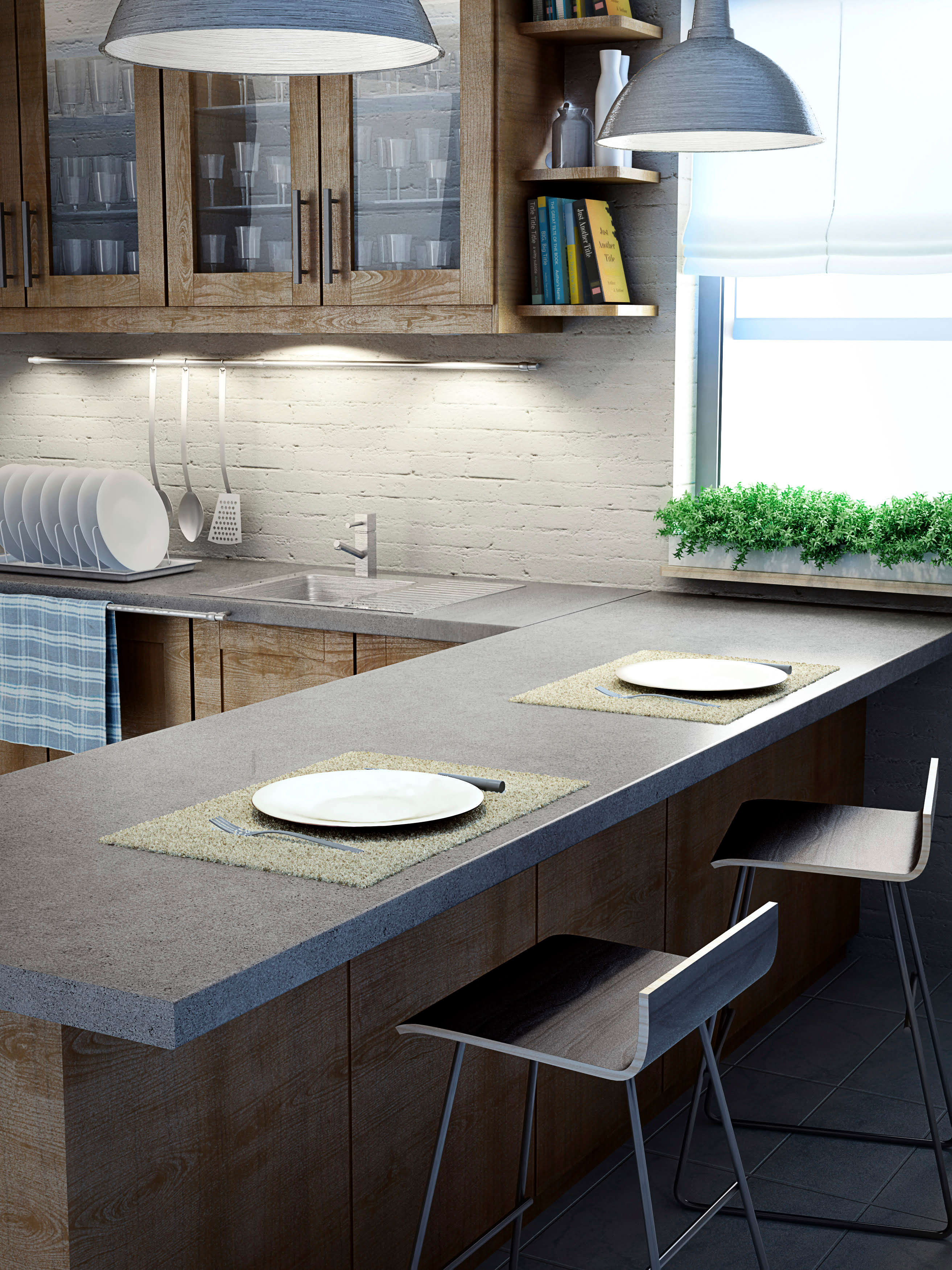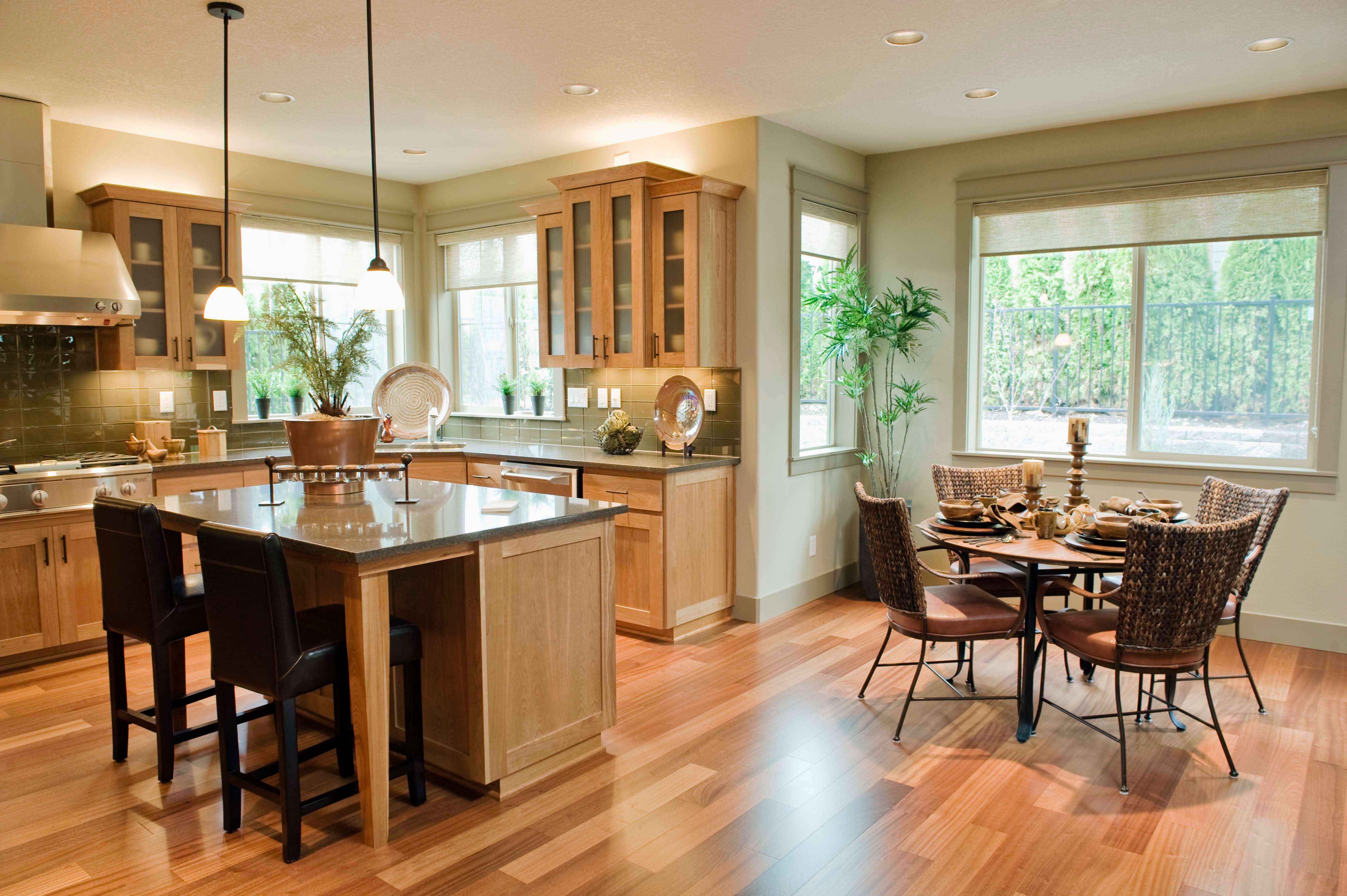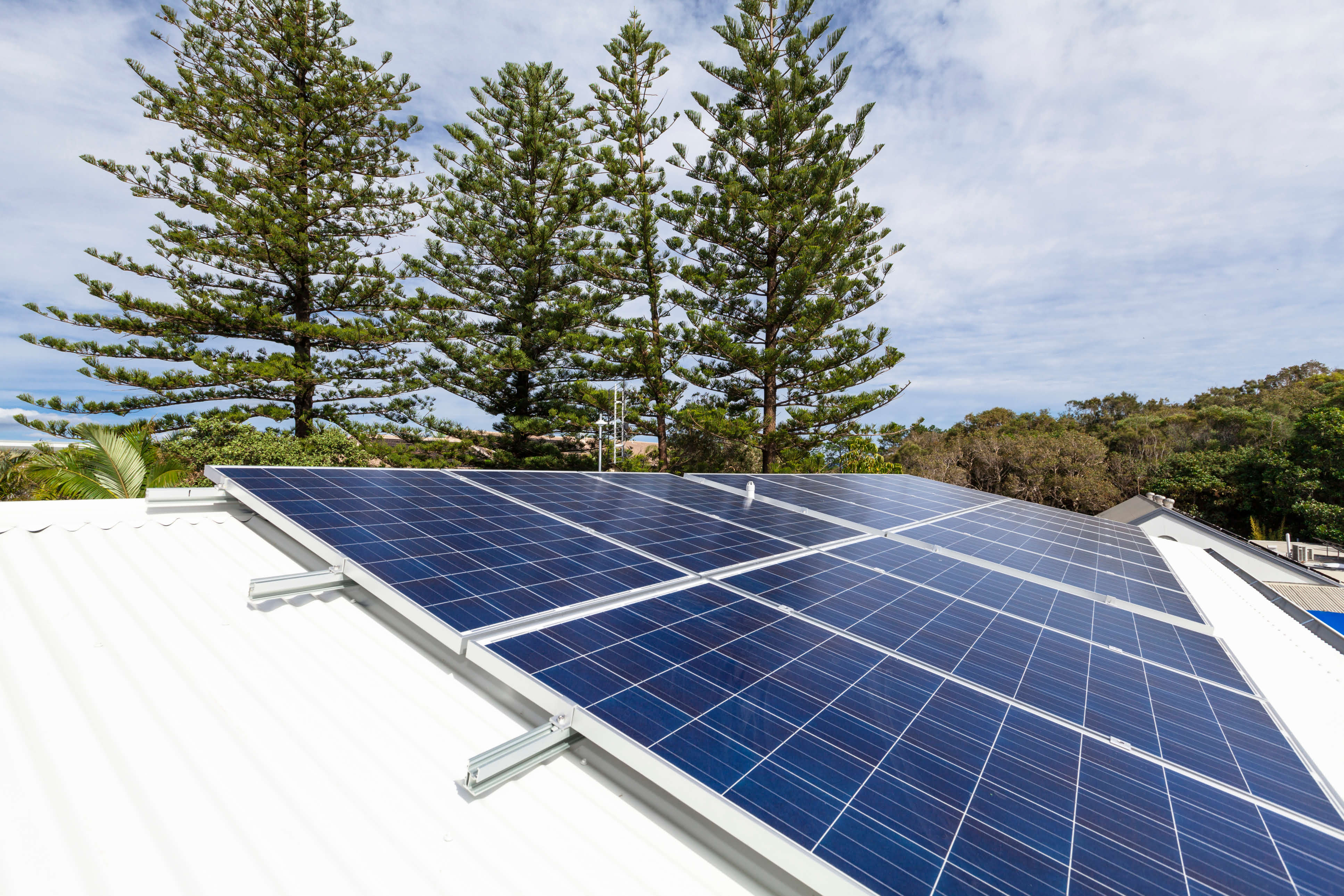Build and manage a “green” home for your family to live in and you will not only be engaging in a positive atmosphere but lowering your carbon footprint as well. Here are some tips to get you started!
Inside the home
Switching to Compact Fluorescent light bulbs or LED
These light bulbs have been around for a while, but are now made available to fit a wider range of light fixtures. Although these options have a greater upfront cost, they produce less heat, use less energy and last longer. Using just a quarter of the electricity a regular incandescent bulb uses, these bulbs last 10 times longer. The ideal eco-friendly lighting option for your home!

Turn off the lights
As simple as it seems, turning off the lights is an easy way to save energy. If you or other household members are often forgetful, think about installing movement sensors so lights only activate when really needed. Another way to save energy is to install automatic timers for lights frequently left on in empty rooms.
Fridge/Freezer Temperatures
It is important to set temperatures around your home correctly to ensure they aren’t working harder than they need to, and consequently wasting subsequent energy. Your fridge and freezer are most likely your biggest energy consumers throughout your home, so make sure they are set at the most efficient temperature. Fridges work best at around 2.5 degrees Celsius and freezers at -19 degrees Celsius. Make sure you close the fridge and freezer doors as leaving them open for just a few extra seconds can waste a lot of energy!
Unplug Appliances
Some electronic appliances, including TVs, computers and CD players can consume almost as much energy when on standby mode as they do during the small amount of time they’re being used! Make sure you unplug all appliances that aren’t used on a daily basis to save you in energy bills.
Low-flow Plumbing
There are several different low-flow plumbing fixtures you can consider, from taps to showerheads and toilets, which will assist in conserving water and cutting down your water bills. Toilets, for example, can use as much as 13 litres per flush in older homes, compared to a new industry standard of just 6 litres for newer toilets. This is an incredible water saving for homes of around 11,000 litres of water, per toilet, per year. Whilst more economical toilets are expensive compared to standard models, if you chose last year’s high efficiency model, you might be able to grab a bargain!
Grow plants indoors
Live plants around your home can act as natural air filters, and some plants can even absorb harmful pollutants released from carpets, furniture, and electrical equipment. Indoor plants work hard to absorb carbon dioxide during the evening, and release oxygen during the day to continually provide humans with natural oxygen. We suggest considering the following options which can be found at your local gardening centre:
Adiantum – Absorbs radiation from computers and printers. The most effective natural cleaner.
Rubber tree – Multi-functional cleaner which eliminates harmful substances such as carbon dioxide, carbon monoxide and hydrofluoric acid.
Clivia – Keeps air fresh in winter by releasing 80% of oxygen and absorbs one litre of air overnight.
Ivy – The most effective indoor plant in absorbing formaldehyde which is used in the manufacture of building materials and household products.

Cleaning Products
For a cleaner, healthier home we suggest using non-toxic, non-hazardous and non-polluting cleaning products to ensure a safe living environment for you and your family. However, be mindful some supposedly “green” certified products on the market contain harmful butyls and petroleum concentrates. Be sure to do your research to find the best product for you. Our pick is Melaleuca The Wellness Company which provide highly effective, multi-use products with no hazardous, toxic or polluting ingredients. Better yet, you could even compose your own natural cleaning products made from ingredients such as baking soda, fresh lemon, pure soap flakes, soap nuts and white vinegar as they have cleansing and scouring properties.
Biodegradable Bin Bags
We love the idea of biodegradable bin bags which break down completely in compost. We like BioBag compostable plastic bags which are made of a material called Mater-Bi, which consists of corn-starch, biodegradable and compostable polyester and vegetable oil. Get yours online from the Biome Eco Store from $8.45 to $29.95 depending on the size. These bags can biodegrade after 10-45 days, compared with 50 or more years for normal plastic bags… Incredible!
Insulation
Thinking of reinsulating your home, or maybe you are building? We suggest you consider this eco-friendly option. Cellulose, made mostly of shredded recycled newspaper that has been treated with borate, a natural fire retardant, this option is a safe, environmentally friendly option for the greenies out there! It is perfect for those who are reinsulated as it can be blown through small holes that are drilled into walls. In terms of cost, Cellulose insulation is one of the cheapest insulation options with the average installation costing about $1,300, or $1,500 for complex or remote area installations.
Furniture & Accessories
When furnishing your home consider eco-friendly alternatives to ensure you are filling your home with natural, breathable materials. Our pick is www.ecochic.com.au, an Australian based company that prides itself on providing stylish furnishings that have minimal impact on the environment. For example, their sofas are made with Geca certified CFC free foams (which means a foam that does not contain chlorofluorocarbon compounds which can cause depletion of the ozone layer), water based glues and varnishes, plantation timber plywood and kiln fried hardwood from sustainably managed forests. Although these furnishings can be pricey, keep an eye out on their sale section which is consistently updated for some great bargains.
Outside the home
Landscaping
You wouldn’t consider it but landscaping your property efficiently can add to the energy efficiency of your home! Think along the lines of shade in the summer months and insulation in the winter months… Plant trees that will provide shade and block infrared radiation in the summer time, keeping your house cool. Whilst in winter, once they have lost their leaves, they will allow for more sunlight to reach the windows and warm your home. Simple, yet effective, especially in a city like Perth that often experiences sunny days in the cooler months! Just make sure you open blinds, drapes and shutters to let the sun warm and brighten your home naturally.

Solar Panels
Why consume energy when you can generate it? Install solar panels to your home to help save money on your energy bills for years to come. Although solar panels are a significant initial cost, they help to save your home an average of 50% on your electric bills, or for some lucky greenies, eliminate it altogether! Solar panels can also increase your home’s value and decrease your carbon footprint with solar panels conserving more than 60,000 litres of water per year, whilst reducing support for non-renewable energy sources.

Composting Pail
Consider compiling all your organic food scraps into a perforated metal composting pail, which can be tucked away into a corner of your kitchen. We like this one available at amazon.com from BioBags for just $10! Store in this container until emptying into a larger composting bin in the backyard. This nutrient rich compost is perfect for your garden.
Be careful of what foods you include in your compost as some foods can imbalance the nutrient-rich structure of other food and vegetarian waste. You also want to make sure you minimise the compost bin smell and likelihood of scavenging animals! If you’re wondering what food waste is appropriate for composting refer to the guide below:
Compost
All fruit and vegetable waste including rinds and cores
-
Old bread, donuts, cookies, crackers, pizza crust, noodles or anything else made with flour. Grains such as rice and barley which can be cooked or uncooked
-
Coffee grounds, tea bags and filters.
-
Pulp left over from juicing fruit or vegetables
-
Old spices
-
Out-dated boxed food
-
Egg shells (crushed well)
-
Corn cobs and husks
-
Don’t Compost
-
Meat or meat waste such as bones, fat gristle or skin
-
Fish or fish waste.
-
Dairy products, such as cheese, butter, cottage cheese, yoghurt, cream cheese and sour cream
-
Grease and oils of any kind